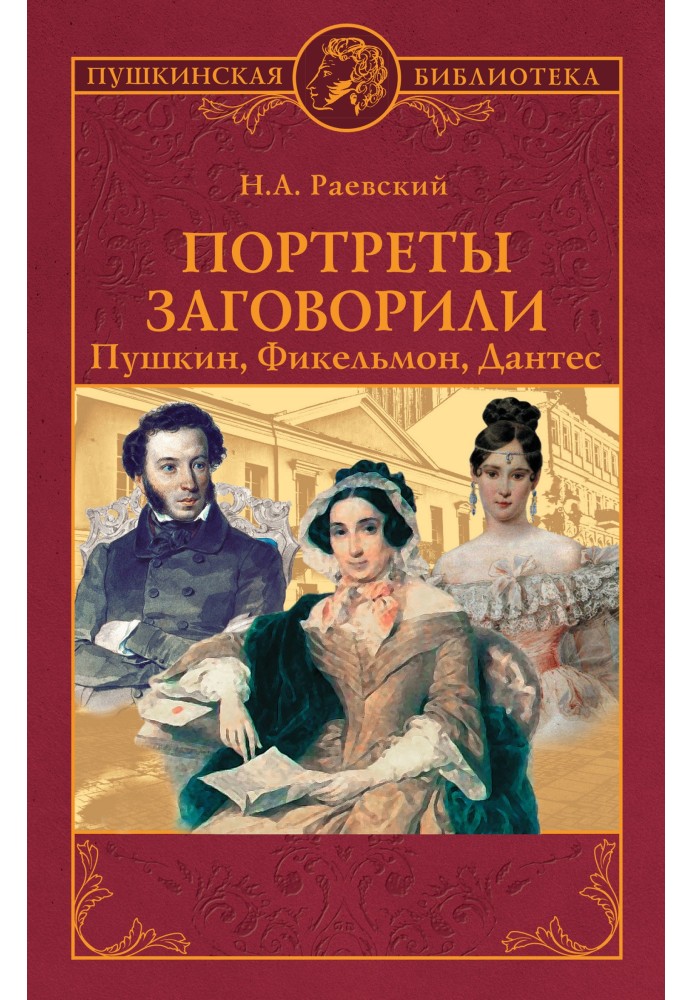The portraits spoke. Pushkin, Fikelmon, Dantes
 Instant download
Instant download
after payment (24/7)
 Wide range of formats
Wide range of formats
(for all gadgets)
 Full book
Full book
(including for Apple and Android)
The better we know Pushkin’s life, the deeper and more accurately we understand the meaning of his creations. This is the main reason, which for several generations has been encouraging researchers to carefully study the biography of the poet. It is not idle curiosity, not the desire to increase the number of anecdotal stories about Pushkin that makes them pay attention to facts that may seem insignificant, unnecessary, and sometimes even offensive to his memory. There is nothing insignificant in Pushkin's life. A small detail sometimes allows you to understand and appreciate a well-known verse or line of Pushkin’s prose in a new way. There is nothing offensive to the memory of the poet in the fact that we want to know the living, genuine Pushkin, we want to see his human appearance with everything that was both beautiful and sinful in him. In this regard, one can agree with Veresaev, who said: “It is boring to study the personality and life of a great man on his knees.” The image dear to all of us becomes even closer and dearer when we come close to the poet and peer inquisitively into his human features. These thoughts guided the Russian emigrant, talented writer and Pushkin scholar Nikolai Alekseevich Raevsky (1894–1988) in his search through the private archives of pre-war Czechoslovakia for unique materials about the life and environment of the great poet.
Data sheet
- Name of the Author
- Николай Раевский Алексеевич
- Language
- Russian
















